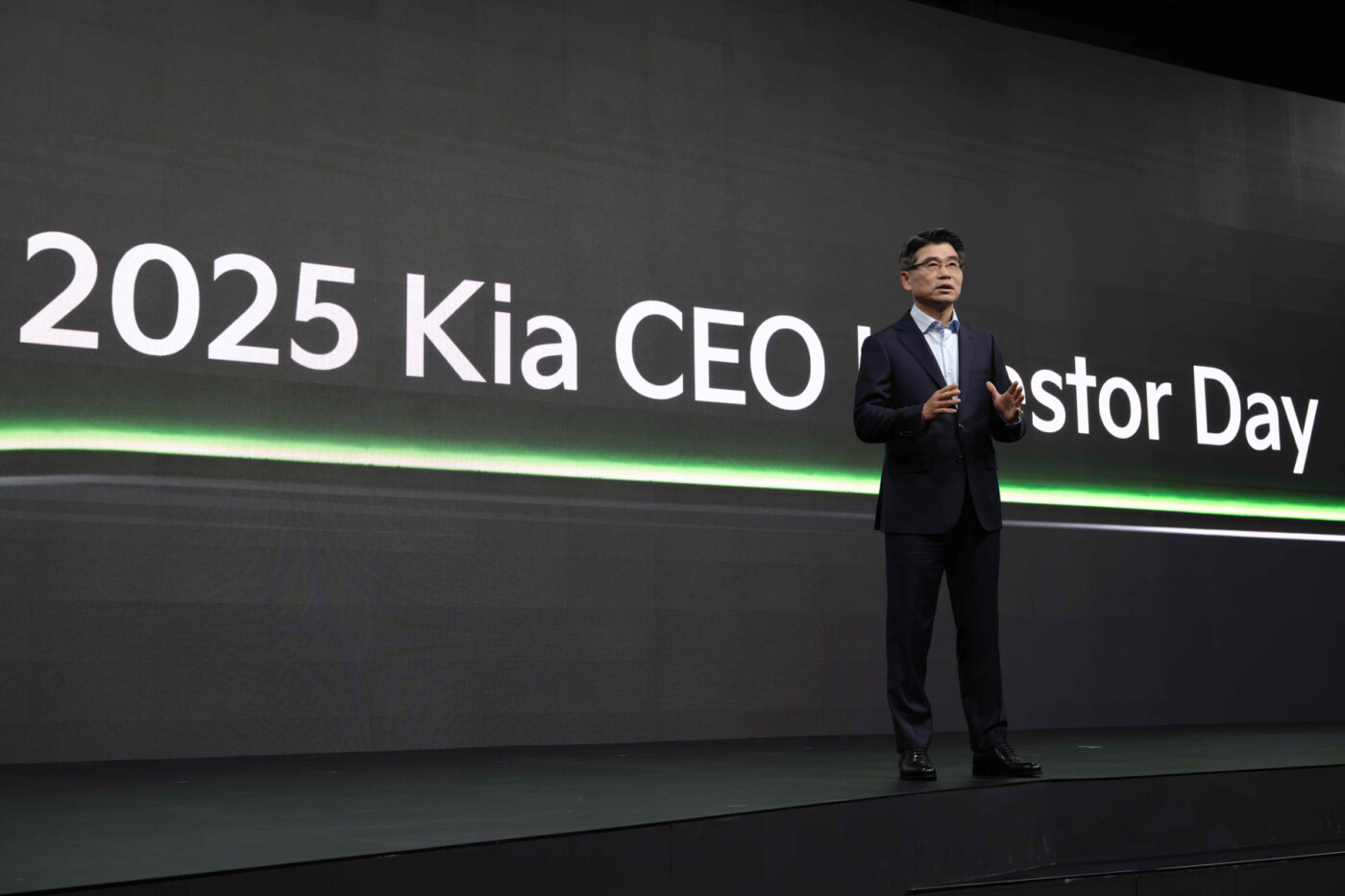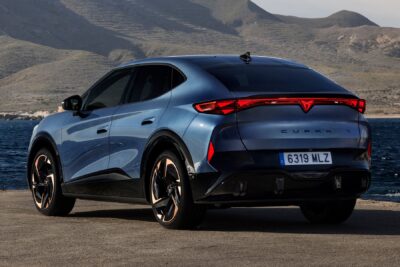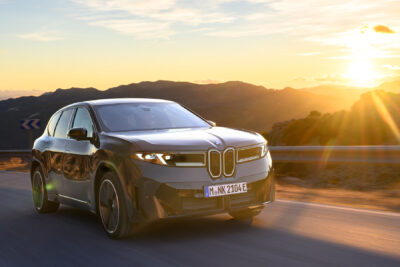Kia lowers EV sales target for 2030
In the updated strategic plan that has now been presented, Kia only expects annual sales of 1.26 million electric cars by 2030 but will stick with the planned 15 BEV models. That makes for a total difference of 340,000 fewer electric cars. The sales target of 250,000 units of PBV special electric vehicles per year by 2030 remains unchanged.
Last year, at the 2024 CEO Investors Day, Kia had not adjusted its 2030 targets, which means the plans for electric sales date back to 2023. At that time, Kia had increased its 2030 target from 1.2 to 1.6 million vehicles. In other words: Kia is now forecasting quite exactly this level again.
In the updated strategic plan that has now been presented, Kia is assuming annual sales of 1.26 million electric cars by 2030 with 15 BEV models – 340,000 fewer electric vehicles. In addition, 1.07 million ‘xHEVs’ are to be sold, which include hybrids with different levels of electrification. Kia is targeting a total of 2.33 million EVs for 2030, although only just over half of these will be purely electric. Across all drive types, sales are expected to rise to 4.19 million units by 2030. 1.26 million BEVs would therefore correspond to an electric car share of almost exactly 30 per cent. “In major markets, the proportion of electrified model sales is targeted to increase to 70 per cent in North America, 86 per cent in Europe, 73 per cent in Korea, and 43 per cent in India,” Kia wrote. However, the electrified vehicles also include hybrids.
In order to achieve the electric targets, the product range of electric volume models is to be expanded. The EV3 and EV5 electric SUVs that are already available are to be launched in additional markets, the recently presented EV4 is also to ensure additional sales and the Concept EV2, which has so far only been shown as a study, is to become a production model that complements the lower end of the range as a small electric car.
Kia wants to optimise costs
The vehicles should also tend to become cheaper. In terms of “cost innovation strategies,” Kia aims to reduce costs with optimised hardware in interior and exterior designs, standardised EV software and next-generation electronics architecture. Optimised production with adapted supply chains should also reduce costs: “Korea will serve as the global hub for EV development and production, North America will focus on mid-to-large SUVs, Europe on compact SUVs and hatchbacks, and India on locally targeted compact SUVs.”
Kia also wants to improve its customer service, which has repeatedly been criticised. The charging infrastructure is also to be expanded through strategic partnerships. In South Korea, this is E-pit, in North America, the joint venture Ionna and in Europe, Kia is participating in Ionity. Kia does not state whether further partnerships are planned.
The annual sales target of 250,000 units of PBV special electric vehicles by 2030 remains unchanged. Kia is also announcing another model in the PBV electric vehicle range: Following the market launch of the PV5 in July 2025 and the PV7 in 2027, a third PBV model, the PV9, is to follow in 2029. There are no details about this vehicle yet, but based on the name so far, it is likely to be the largest vehicle in Kia’s PBV range, probably the size of a Sprinter.
In North America, a new electric pickup is to be added to the model range. The brand’s first pickup model, the Tasman with a combustion engine, is to be launched in Korea, Australia and emerging markets. The electric model for North America, on the other hand, is to be based on a new electric platform and designed for both urban and outdoor use. With this model, Kia is aiming for annual sales of 90,000 units and a market share of seven per cent in the medium to long term. ‘The vehicle will have the best interior and cargo space in its class, a robust trailer system, off-road capability and advanced infotainment and safety features,’ says Kia. Data on the drive system is not yet available.
In parallel, the new models are to be developed as ‘Software Definded Vehicles’ (SDV). To this end, Kia is planning an advanced electrical/electronic (E/E) architecture, a ‘robust’ operating system and correspondingly powerful software. In 2026, an ‘SDV Pace Car’ with ‘fully-fledged SDV technology and AI-integrated autonomous driving technology’ is to be presented as a demonstrator before the new software ecosystem is launched in the volume models in 2027.
“Since launching the Kia Transformation strategy in 2021, Kia has continuously progressed to become a provider of sustainable mobility solutions that innovate space and enable customers to make better use of their time beyond conventional means of transportation,” said Ho Sung Song, President and CEO of Kia. “We will continue to develop the brand by implementing mid-to-long-term strategies to strengthen our internal stability and respond effectively to changes in the auto industry.”





0 Comments